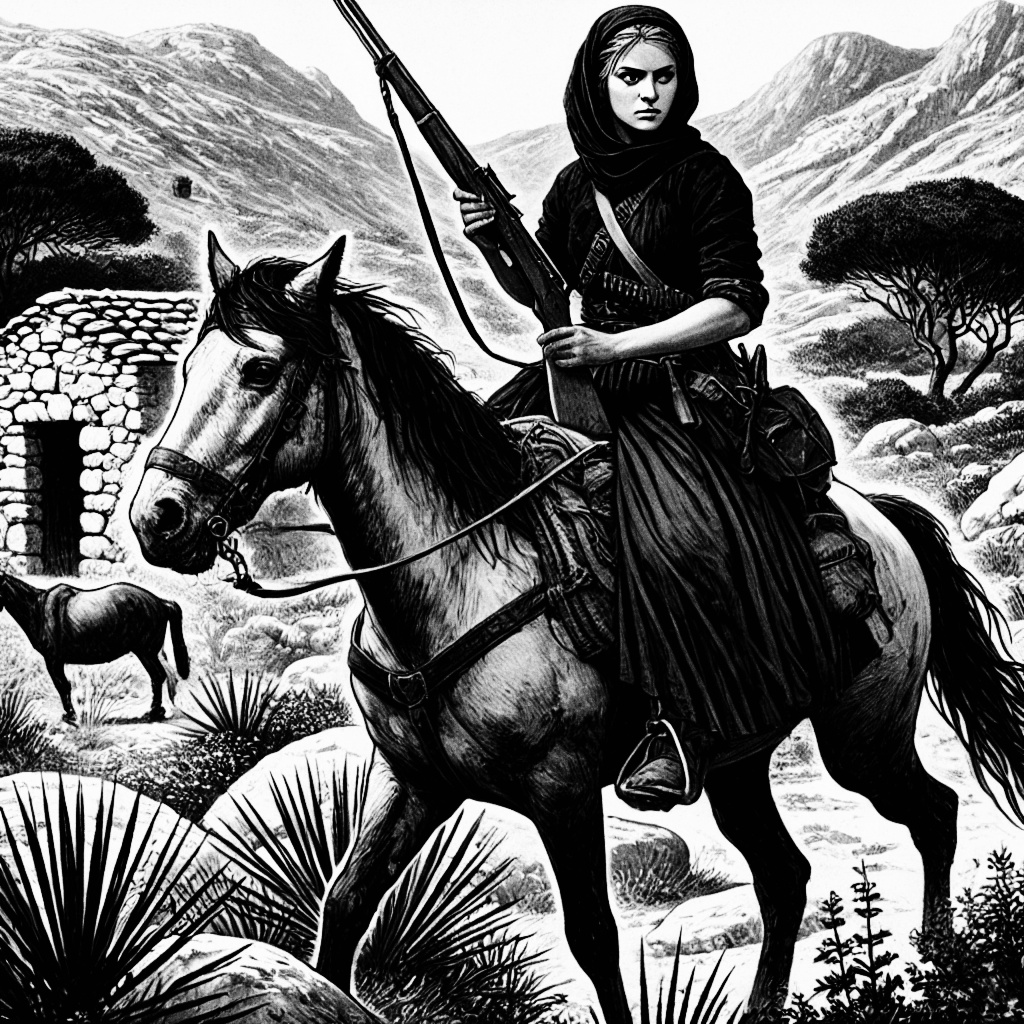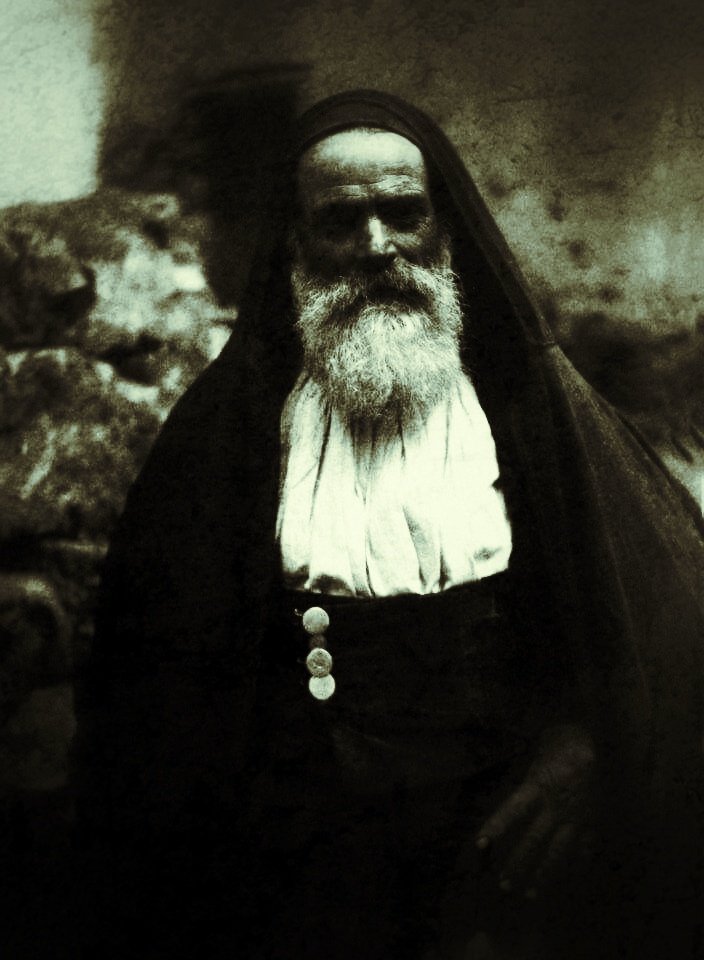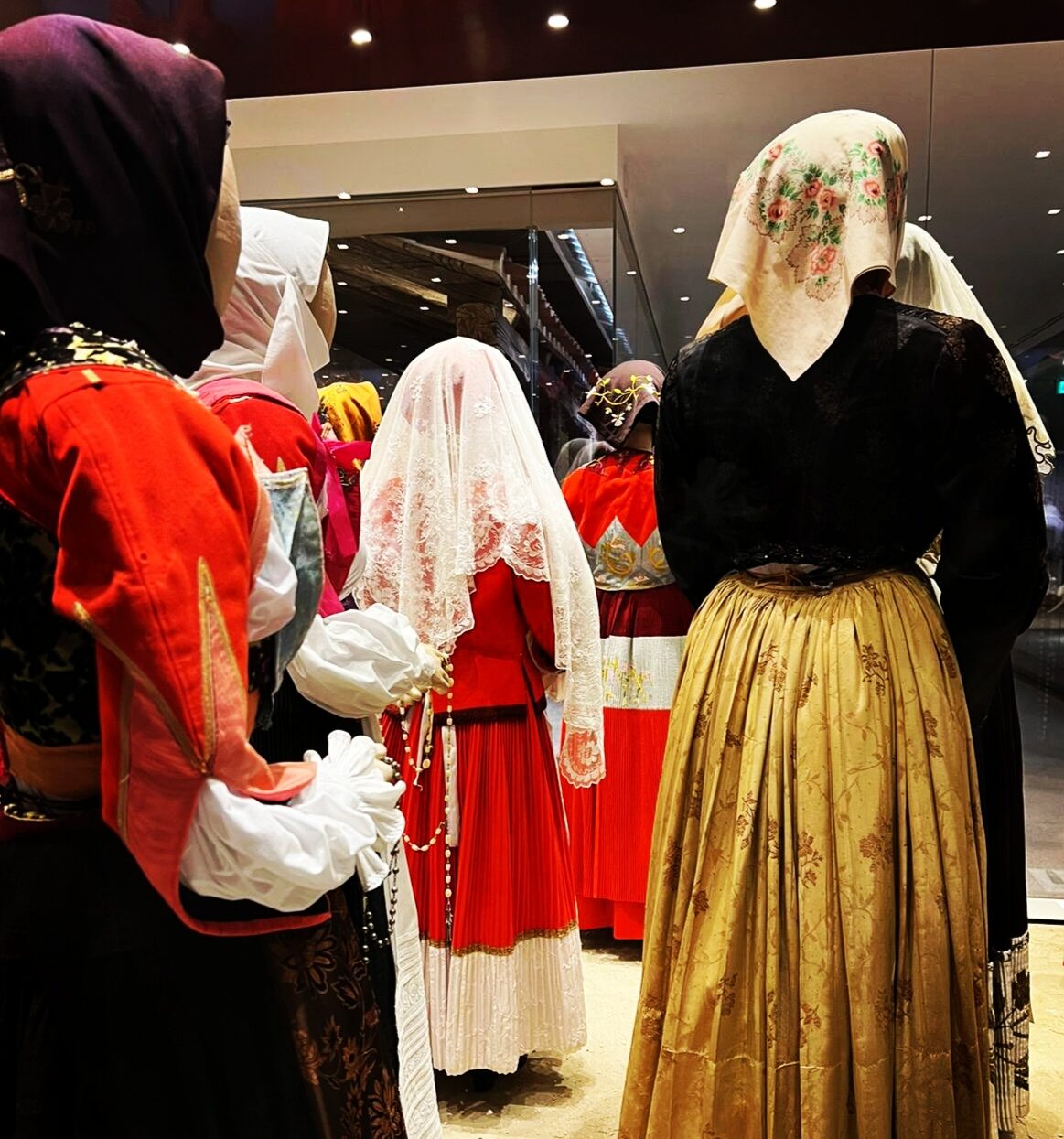In Sardinia, big game hunting, specifically wild boar hunting, is more of a communal ritual than a sport. It follows precise and strict rules, has its own archaic language, and those who take part in it often become almost fanatical about it.
It was 1899 when ships full of men arrived in Golfo Aranci to begin the largest big game hunt in Sardinian history. Except this time, the wild boars were bandits, and the hunters were soldiers.
At that time, Sardinia was a true den of bandits, (only in Nuoro, there were about 200) and the government, without ever questioning the root causes of the phenomenon, was determined to eradicate it by any means necessary, much like doctors who prescribe painkillers to a patient rather than removing the cancer at its source.
But finding the right anesthetic for this social cancer wasn’t easy, especially since the very people trying to eradicate it were also the ones who had caused it. Proof of this is that, during the infamous “Night of Saint Bartholomew” between May 14 and 15, 1899, around 600 people were arrested for aiding and abetting bandits, yet most were later released due to lack of evidence.
Among the most feared bandits in Nuoro were the brothers Giacomo and Elias Serra-Sanna. Soldiers raided their home, where they found their father, Giuseppe, and their sister, Mariantonia Serra-Sanna.
But Mariantonia was no ordinary woman. She was “Sa Reina,” the Queen of Nuoro: a 33-year-old woman who walked through Nuoro in traditional dress, strong and confident, adorned with gold jewelry, provoking both awe and fear among the townspeople. She had transformed her modest shepherd family into a wealthy one, extorting the richest families in town, forcing them to hand over land, money, weapons, and ammunition.
She was deeply devoted to her brothers and would often repeat: “Frades meos non sun latitantes, senatores sun frades meos”, “My brothers are not fugitives, my brothers are senators.” She was said to be the mastermind behind their outlaw actions. Dressed as a man and armed with a rifle, she would travel on horseback across the Supramonte mountains, covering vast distances to bring her brothers news, food, and weapons.
Like many women, she wielded power in a subtler and more cunning way. Unlike her brothers, she led an apparently normal life, but she manipulated events with intelligence and skill. Her black eyes, thick eyebrows, pale skin, and height, unusual for the region, concealed a ruthless and calculating character.
But in July 1899, the forces of law and order killed her brothers in Morgogliai, a countryside area about 30 km from Orgosolo.
She was arrested in 1900 and spent 18 years in a prison known as “Sa Rutunda” in Nuoro. Today, only stories and legends remain of that prison, just as all that is left of the Queen Mariantonia are the stories about her.
She was released at around 50 years old, married a man from Orgosolo, and lived a seemingly quiet life in Nuoro.
She disappeared from history, but I have no trouble imagining that behind that apparent tranquility lay a repressed feeling of vengeance, a quiet, proud wrath that the Queen carried with her to the grave.



